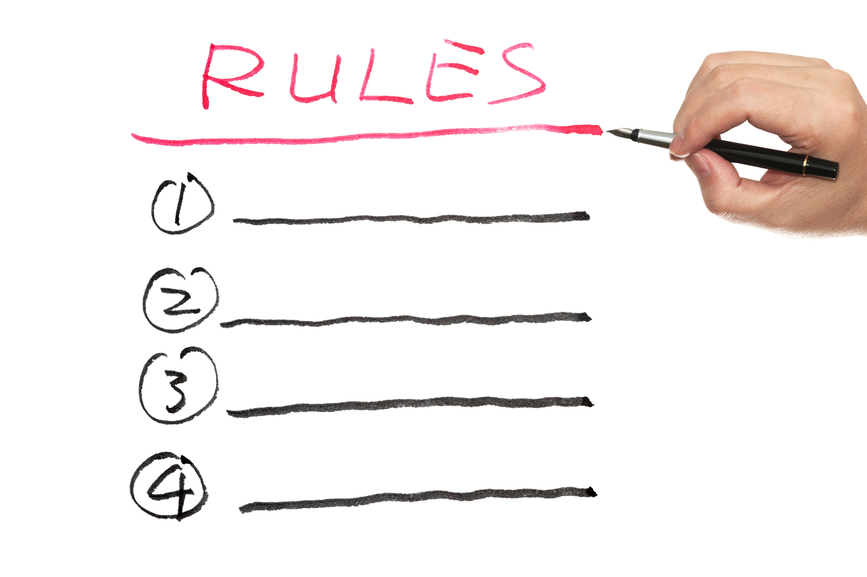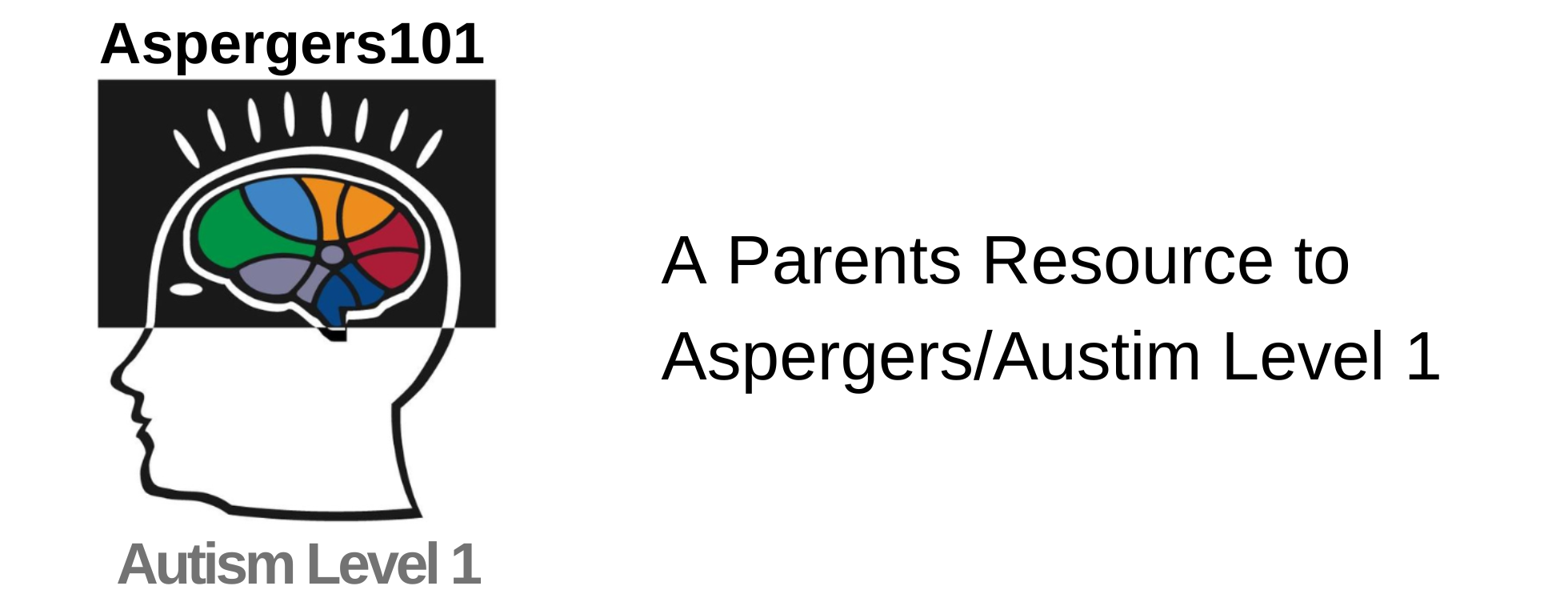Q: “I’ve heard that if my son (who is on the autism spectrum) is having a problem staying on task while in school that he should use the “keychain rules”. Would you please explain this term to me?” – Curious in Nashville, Tenn
 A: Keychain rules are short statements or phrases of desired expectations that capitalize on the tendency toward rules and structure.
A: Keychain rules are short statements or phrases of desired expectations that capitalize on the tendency toward rules and structure.
They serve as reminders in a quick and easy format that prevent much discussion about them. Rather than say, “stay in your seat” over and over without much impact, the teacher can now say, “Please check keychain rule number 4”. Again, if the rules are attached to a heightened interest, their effectiveness is enhanced.
This student’s interest in Greek mythology was incorporated to his keychain rules as much as possible through the addition of pictures.
Keychain Rule #1: Use appropriate words and voice
- Say nice things to others
- Speak in a respectful tone [level 1, 2, or 3]
Keychain Rule #2: Follow directions from teachers
- Teachers and Mom are trying to help me, so be sure to say “O.K. I’ll try”
- Give my teachers and Mom a smile or a “thumbs up”
Keychain Rule #3: I will be in control of my body
- Stay in my assigned seat
- Keep hands and feet to myself
Keychain Rule #4: Touch others gently
- Ask to touch other people’s hair
- If they say “O.K.” or “yes”, then touch their hair gently
Keychain Rule #5: Be a good sport when others win
- Congratulate others if they win [shake hands, or high five]
- Say, “That’s O.K. I might win next time”
For this student, Matt Lauer from the Today Show is highly motivating. Therefore, when his image is accompanied with the rule, it becomes easier to follow. When asked which rule is her favorite, she replies rule #5 because Matt is talking to her. The use of quotes can be a deal maker! Keychain rules can be prominently located in a notebook for quick and easy reference.
Keychain Rule #1
- Keep hands and feet to self
- I can touch others gently so that they stay safe
Keychain Rule #2
- Use kind words
- I will try to talk quietly to help others learn
- I will try to say things that make other people feel good
Keychain Rule #3
- I will try to ask permission before leaving the classroom
- I will try to go with the teacher back to class after lunch
Keychain Rule #4
- Follow directions from adults
- I will try to do what the teachers say
- I will try to ask politely for more time
Keychain Rule #5
- Solve problems with your friends kindly
- Matt says to “Stay happy, Angie”
As this student transitioned from Middle School to High School, she showed her keychain rules to her new teachers and said, “If I start to have a problem, you can use these to help me work through it.”
by Lisa Rogers
The Education (K-12) Blogs and Special Ed Q & A are written and maintained weekly by Lisa Rogers with Educating Diverse Learners. Lisa received her M.A. in Special Education with an endorsement in the area of individuals with severe disabilities. Mrs. Rogers has also created products that have been used throughout the state of Texas for training purposes. Through the Association for Texas Professional Educators [ATPE], Ms. Rogers has produced an online course that targets the importance of visual strategies for student with autism spectrum disorders and just released her highly anticipated book titled: Visual Supports for Visual Thinkers.



We are struggling with a new teacher and many meltdowns , this seems so easy yet like it would help our 6 year old so much thank you